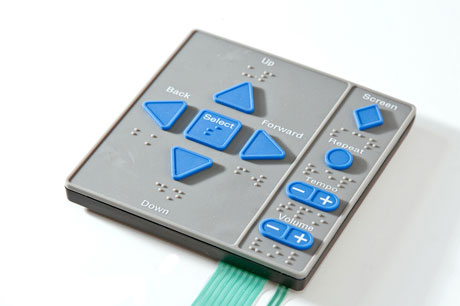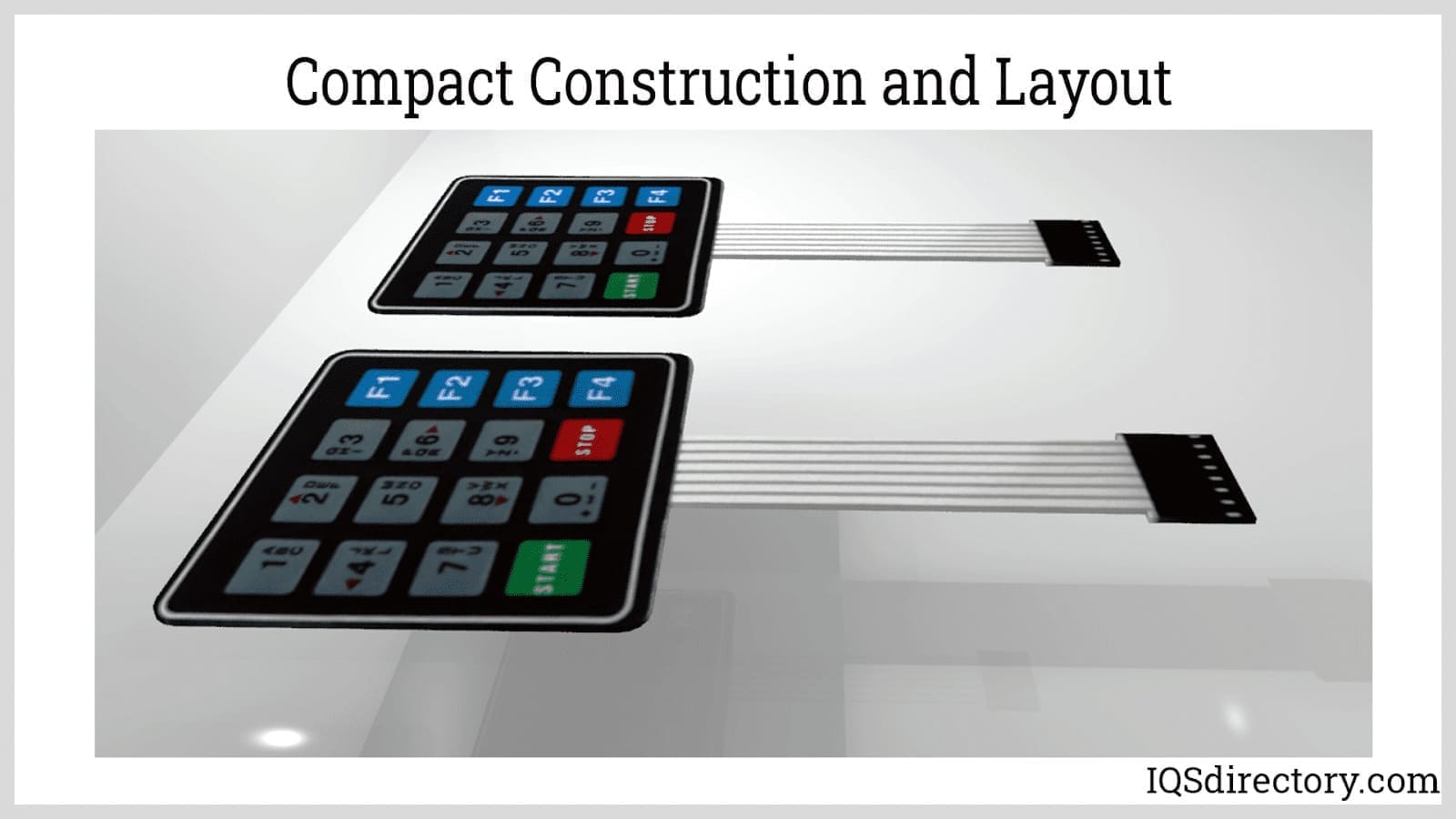Understanding Membrane Layer Switches: The Secret to Resilient and Dependable Controls

What Are Membrane Layer Buttons?
Membrane layer switches are an innovative solution in the realm of individual interface modern technology, integrating functionality and design perfectly. These gadgets function as a user interface in between users and electronic systems, integrating several components into a small format. Generally built from versatile, thin layers of materials, membrane switches are developed to react to touch, allowing individuals to engage with equipment and electronic gadgets efficiently.
The main components of a membrane layer button consist of a printed circuit layer, graphic overlay, and a spacer layer that protects against unplanned activation. The graphic overlay can be customized to mirror brand name identity or user preferences, improving visual appeals while making certain functionality. Membrane buttons are commonly used in numerous applications, including medical tools, customer electronic devices, and commercial equipment, owing to their resilience and resistance to ecological elements such as dampness and dust.
Among the vital benefits of membrane buttons is their capacity to stand up to damage, making them suitable for high-traffic environments. Furthermore, they are light-weight and require marginal space, enabling innovative designs in item growth. In general, membrane switches stand for a efficient and sensible selection for contemporary digital user interfaces, marrying technology with user-centric style concepts.
Exactly How Membrane Layer Switches Over Job
The operation of membrane switches over joints on an easy yet effective device that converts individual input right into digital signals. When a customer presses the button, the leading layer warps, allowing a conductive aspect in the circuit layer to make call with a matching conductive pad on the underside of the graphic overlay.
The design of membrane buttons can differ, but they often include domes or tactile aspects to offer comments to the individual, enhancing the overall experience - membrane switch. The products made use of in membrane layer buttons, such as polyester or polycarbonate, add to their durability and resistance to ecological aspects, including wetness and dust. The published circuits are typically encapsulated, which secures them from wear and tear over time.
Advantages of Membrane Buttons

In addition, membrane switches are understood for their longevity. Created from robust materials, they are resistant to dust, moisture, and physical wear, which substantially expands their life-span contrasted to typical mechanical buttons. This longevity makes them particularly suitable for high-traffic atmospheres and applications needing longevity.
Another significant benefit is the ease of cleansing and upkeep. The smooth surface area of membrane layer switches over decreases dirt build-up and is typically unsusceptible spills, making them excellent for setups that need regular sanitization.
Furthermore, membrane buttons supply a structured account, causing a thinner style that can be integrated right into different gadgets without adding bulk. This important site attribute not just improves the aesthetic allure however also contributes to an extra ergonomic item layout.
Applications of Membrane Switches
Functional and easy to use, membrane buttons discover applications across a variety of industries, consisting of clinical gadgets, customer electronic devices, and industrial tools. In the medical area, these switches are essential to tools such as analysis equipment, client monitoring systems, and mixture pumps, where reliability and ease of cleansing are crucial. Their capacity to keep and stand up to harsh settings functionality makes them suitable for such applications.

In consumer electronic devices, membrane buttons are used in products like microwaves, cleaning machines, and push-button controls - membrane switch. Their smooth style permits for intuitive interface, boosting the overall individual experience while giving toughness and resistance to deterioration
Commercial tools also gains from membrane buttons, specifically in control panels for machinery and automation systems. These check this switches use defense versus dirt and moisture, ensuring regular performance in challenging settings. Additionally, their adjustable functions allow producers to customize them to certain functional demands, boosting performance and functionality.
Selecting the Right Membrane Layer Change
When choosing a membrane switch, it is important to think about different elements that influence performance and viability for details applications. The key considerations consist of ecological conditions, tactile feedback, resilience, and design requirements.
First, examine the operating setting; switches exposed to dampness, chemicals, or severe temperatures require go to website certain products to guarantee longevity and capability. Next off, assess the demand for responsive responses. Depending on individual interaction, some applications might profit from a tactile feedback to verify activation, while others might favor a non-tactile style for aesthetic factors.
Toughness is one more critical variable; membrane switches must be developed to withstand regular use, effects, and abrasion. Guarantee the picked switch can endure the expected lifecycle, particularly in high-usage situations.

Verdict
Finally, membrane layer switches over serve as important components in the layout of long lasting and reputable control systems throughout different sectors. Their small design, incorporated with robust building and construction and adjustable features, improves user communication while guaranteeing long life sought after settings. The adaptability of membrane layer changes permits for tailored remedies that satisfy specific functional needs, strengthening their significance in contemporary innovation. As markets proceed to develop, the value of integrating efficient membrane layer switch remedies can not be overstated.
Membrane layer switches over stand for a crucial element of contemporary user interface layout, blending functionality with resilience in various applications.Membrane buttons are an innovative remedy in the world of customer interface modern technology, integrating capability and layout effortlessly. Generally created from adaptable, thin layers of products, membrane layer buttons are designed to react to touch, enabling customers to communicate with machinery and electronic devices effectively.
The design of membrane layer buttons can differ, yet they usually include domes or responsive aspects to offer comments to the user, enhancing the total experience.In verdict, membrane layer switches over offer as vital elements in the design of durable and reliable control systems across numerous markets.